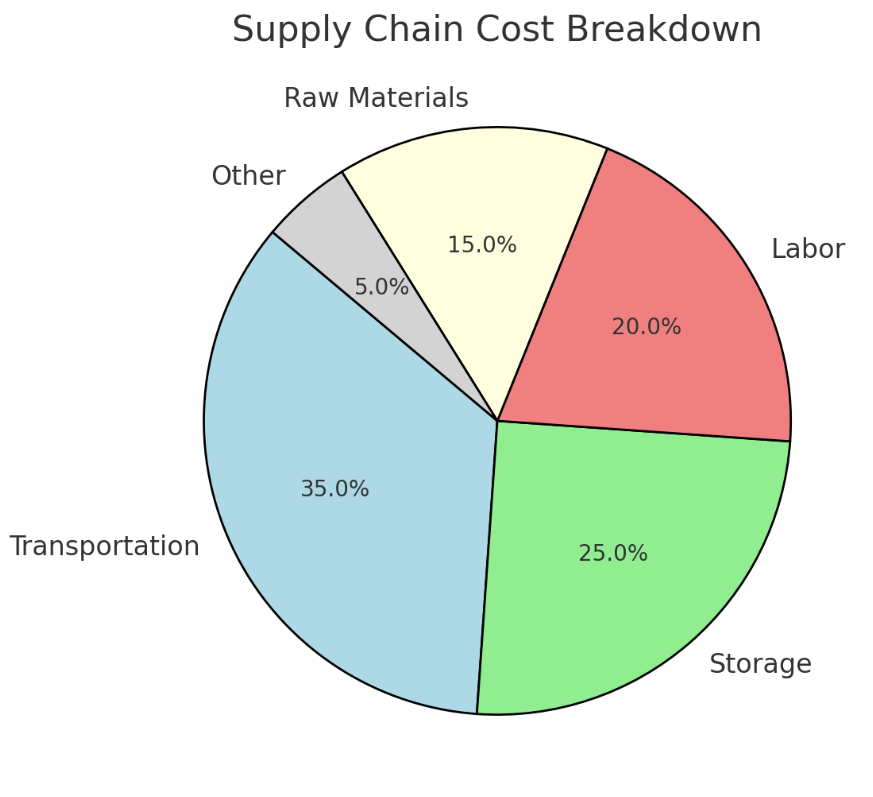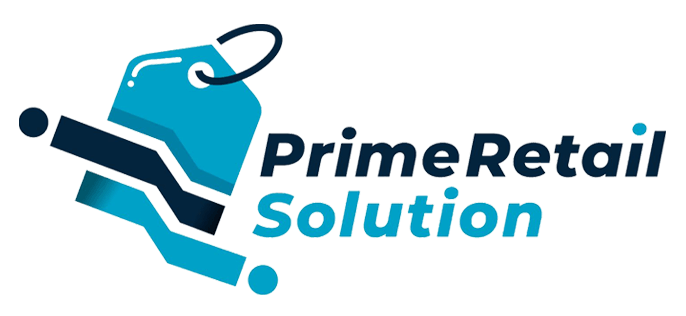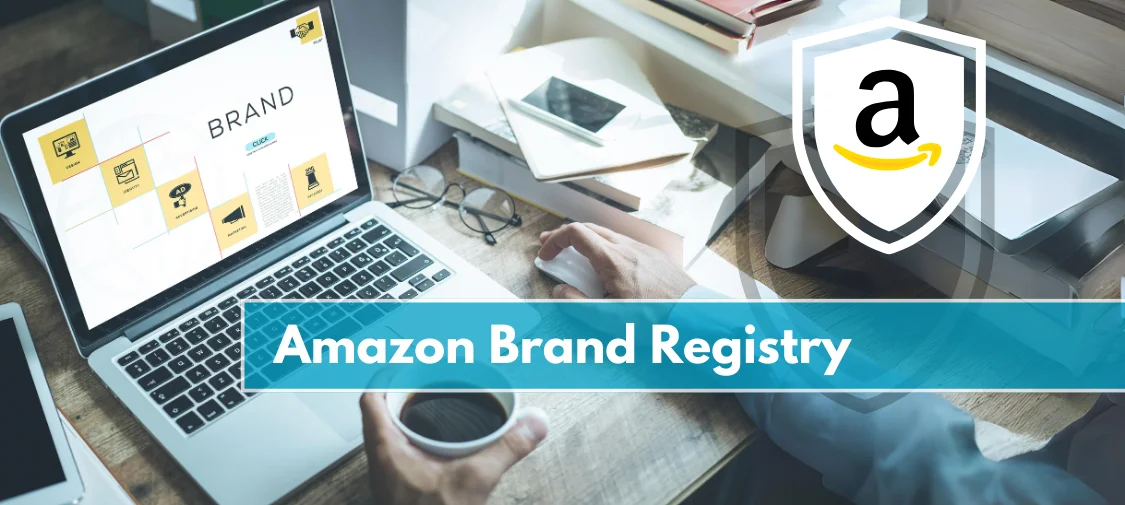Amazon
Optimizing Your Supply Chain for Amazon: Tips for Brand Owners
Did you know that nearly 80% of supply chain leaders report that their supply chains are not optimized for efficiency? For Amazon brand owners, this inefficiency can lead to missed sales, delayed shipments, and dissatisfied customers. The reality is, a streamlined supply chain isn’t just a nice-to-have—it’s essential for thriving on Amazon.
In this blog, we’ll explore actionable tips for optimizing your supply chain to meet Amazon’s demanding standards and ensure your brand stays ahead of the competition.
What Does It Mean to Optimize Your Supply Chain?
Optimizing your supply chain involves fine-tuning every step of the process, from sourcing raw materials to delivering the final product to the customer. For Amazon sellers, this includes managing inventory levels, coordinating with suppliers, ensuring timely deliveries, and leveraging Amazon’s logistics services like Fulfillment by Amazon (FBA).

Sourcing, inventory management, and supplier coordination collectively drive successful product delivery in the supply chain.
An optimized supply chain reduces costs, improves efficiency, and enhances customer satisfaction. When your supply chain runs smoothly, you can avoid stockouts, reduce lead times, and increase the overall profitability of your brand.
Key Strategies for Supply Chain Optimization
1. Mastering Inventory Management with Seller Central Tools:
Inventory management is at the heart of a successful Amazon business. Keeping the right balance between supply and demand is crucial, and Amazon provides powerful tools within Seller Central to help.
Actionable Tips:
- Use Inventory Performance Dashboard: Monitor your Inventory Performance Index (IPI) score regularly. A high IPI score indicates efficient inventory management, which can lead to lower storage fees and better restock recommendations.

The Inventory Performance tool provides a comprehensive view of their FBA inventory health, highlighting key factors like excess inventory, sell-through rates, and in-stock inventory, which are crucial for optimizing storage costs and improving overall profitability.
- Automate Inventory Replenishment: Set up automated replenishment alerts in Seller Central. These alerts notify you when inventory levels are low, helping you avoid stockouts and excess inventory.

The Replenishment Alerts in Seller Central tracks inventory levels, with a gold bell indicating items close to needing restock and a red bell signaling that the threshold has been reached.
- Leverage the Restock Inventory Tool: This tool within Seller Central provides personalized recommendations on restocking. It considers your sales history, lead times, and seasonal trends to ensure you maintain optimal stock levels.

The Restock Inventory tool in Seller Central pinpoints exactly when and how much to replenish based on real-time data.
2. Strengthening Supplier Relationships with Brand Registry Insights:
Your suppliers are critical to maintaining a smooth supply chain. Strong relationships, coupled with the insights offered by Amazon Brand Registry, can ensure consistent product availability and quality.
Actionable Tips:
- Monitor and Protect Your Brand: Use Brand Registry to monitor the marketplace for any unauthorized sellers or counterfeit products. This helps maintain the integrity of your supply chain by ensuring only your approved suppliers are contributing to your inventory.
- Enhance Product Listings: Collaborate with suppliers to ensure product listings are accurate and up-to-date. Brand Registry allows you to make direct changes to listings, helping reduce discrepancies and returns.
- Use Transparency Codes: If you’re part of the Transparency program under Brand Registry, work closely with suppliers to ensure all products carry the Transparency code. This not only protects your brand from counterfeit products but also ensures that customers receive authentic items, enhancing trust and satisfaction.

If your brand is already registered on the Brand Registry, you can simply sign-in to any of its Brand Protection programs.
3. Leveraging Fulfillment by Amazon (FBA) for Efficiency:
FBA is more than just a logistics service—it’s a strategic tool that can give your brand a competitive edge by handling storage, packaging, and shipping.
Actionable Tips:
- Analyze FBA Fees vs. FBM Costs: Use the Fee Preview Report in Seller Central to compare FBA fees with the costs of self-fulfillment (FBM). Consider factors like storage fees, shipping speed, and customer service to decide which model offers the best value for your brand.

- Maximize Global Reach with FBA: If you’re expanding globally, FBA simplifies international shipping. Use the Global SKU tool to manage inventory across multiple marketplaces from a single SKU, reducing complexity and improving inventory turnover.

To access the Sell Globally tool on Seller Central then select Menu > Inventory > Sell Globally.
- Regularly Audit FBA Inventory: Use the Inventory Age and Excess Inventory tools to monitor your FBA inventory. These tools help you avoid long-term storage fees by identifying slow-moving stock, enabling you to take corrective actions like discounts or removal.
4. Enhancing Visibility with Seller Central Reports and Tools:
Visibility into your supply chain allows you to make informed decisions quickly. Seller Central offers several tools that provide real-time insights into your operations.
Actionable Tips:
- Utilize the Inventory Health Report: This report provides a snapshot of your inventory’s overall health, including sell-through rates, aging stock, and recommended actions. Use this information to make timely decisions about reordering, discounting, or removing products.

The Account Health tool in Seller Central allows sellers to monitor key performance metrics, including customer service, policy compliance, and shipping performance, ensuring they adhere to Amazon’s standards and maintain a healthy selling account.
- Implement Automated Pricing: The Automated Pricing tool can help maintain competitive pricing without manual intervention. This tool adjusts your prices based on rules you set, ensuring you stay competitive while protecting your margins.
- Track Performance with Business Reports: Use the Business Reports section in Seller Central to track key performance indicators (KPIs) like sales, returns, and conversion rates. Regular analysis of these metrics allows you to identify trends, adjust strategies, and improve overall supply chain efficiency.

Multiple comprehensive Business Reports on Seller Central.
5. Reducing Lead Times with Efficient Supply Chain Practices:
Lead time directly impacts your ability to meet customer demand. Reducing it can give your brand a competitive edge in the marketplace.
Actionable Tips:
- Source Locally When Possible: Shorten lead times by sourcing products from local suppliers, especially if you’re serving a regional market. This can significantly reduce the time it takes to replenish stock.
- Streamline Order Processing: Use the Order Processing Reports in Seller Central to identify bottlenecks in your supply chain. Address these inefficiencies to speed up order fulfillment and improve customer satisfaction.
- Adopt Just-In-Time Inventory: Consider using a Just-In-Time (JIT) inventory strategy, where goods arrive as needed. This reduces storage costs and minimizes lead times, but requires strong supplier relationships and accurate demand forecasting.
Interesting Supply Chain Facts

- Supply Chain Costs: According to a report by Deloitte, supply chain costs can account for 60-90% of a company’s total expenses, highlighting the importance of optimization.
- Global Supply Chain Disruptions: The COVID-19 pandemic revealed that 94% of Fortune 1000 companies experienced supply chain disruptions, emphasizing the need for flexibility and resilience in supply chain strategies.
Final Thoughts:
Optimizing your supply chain isn’t just about reducing costs—it’s about creating a robust, efficient system that supports your brand’s growth and enhances customer satisfaction. By leveraging Seller Central and Brand Registry tools, alongside best practices in inventory management, supplier relationships, and logistics, you can streamline your operations and position your brand for long-term success on Amazon.
Ready to elevate your supply chain? Partner with Prime Retail Solution to leverage their expertise in Amazon logistics and supply chain management. Together, you can optimize every aspect of your operations, ensuring your brand remains competitive and profitable in the ever-evolving Amazon marketplace
.
Share





